After a pleasant and quiet night on the island of Portland, strictly speaking it is a peninsula, since today there is a large passable causeway between the English mainland and the island, we continue our exploration. Today is all about natural sights.
Durdle Door
Durdle Door is a rock formation protruding from the sea with an arch washed out by the sea. We arrive at the nearby parking lot and buy a rather expensive ticket for a whole day – about 10 pounds just for parking. But the responsible organizations have probably included some kind of entrance fee directly in this parking fee since no further payments are necessary to visit the site.
The way to the cliff and down to the beach is rather steep and quite washed out by the weather. So, we decide against flipflops and for hiking boots. Especially the last part of the natural staircase is muddy and accordingly good footwear is recommended.
The view of the Durdle Door is phenomenal! Big waves crash through the wide opening in the rock and hit the rough gravel beach behind it. Accordingly, the soundscape is also impressive. The Jurassic coast is a real eye-catcher due to this natural feature!
Man o’ War Cove
On the other side from the descent to Durdle Door is Man o’ War Cove. This beach is in stark contrast a fine sandy beach and is largely clear of waves. Further out the waves break on rock formations sitting in the water and only a fraction of the wave energy continues to the beach. Here we can imagine a whole day of swimming in the summer. In November, however, it is too cold for us to venture into the water.
Lulworth Cove
Only a few kilometers to the west is Lulworth Cove. Fortunately, you can park here with the same parking ticket we already bought at Durdle Door. Therefore, if you visit this natural area, you won’t have to pay twice!
Lulworth Cove was formed by a break in the limestone coastline, washing out the land inside in a semicircle. The sight is great – but for the best pictures we are present at the wrong time of day. In the flat sunlight at morning or evening hours, this scenery would certainly be best suited for spectacular photos. We enjoy the view, have a coffee and continue our way along the Jurassic Coast.
Old Harry Rocks
We continue our journey west along the Jurassic coast to Old Harry Rocks. As mentioned above, today is all about natural sights.
The Old Harry Rocks are white limestone formations rising directly from the blue sea. They are covered with a minimal layer of green vegetation. This view is beautiful and impressive at the same time. The visit is rounded off by the fact that we can stand right up to the front of the cliffs and get an even better impression of the steep coastline. That we don’t suffer from lack of exercise, we take a long walk along the coast and back to the parking lot. This area also invites to stay, but there is no good beach access like at Durdle Door.
We find the Jurassic coast of England very impressive and we are overwhelmed by the natural beauty of the coastline. Unfortunately, our stay in England is almost coming to an end. Soon we will write the last article about Great Britain before we will go back to France by ship.

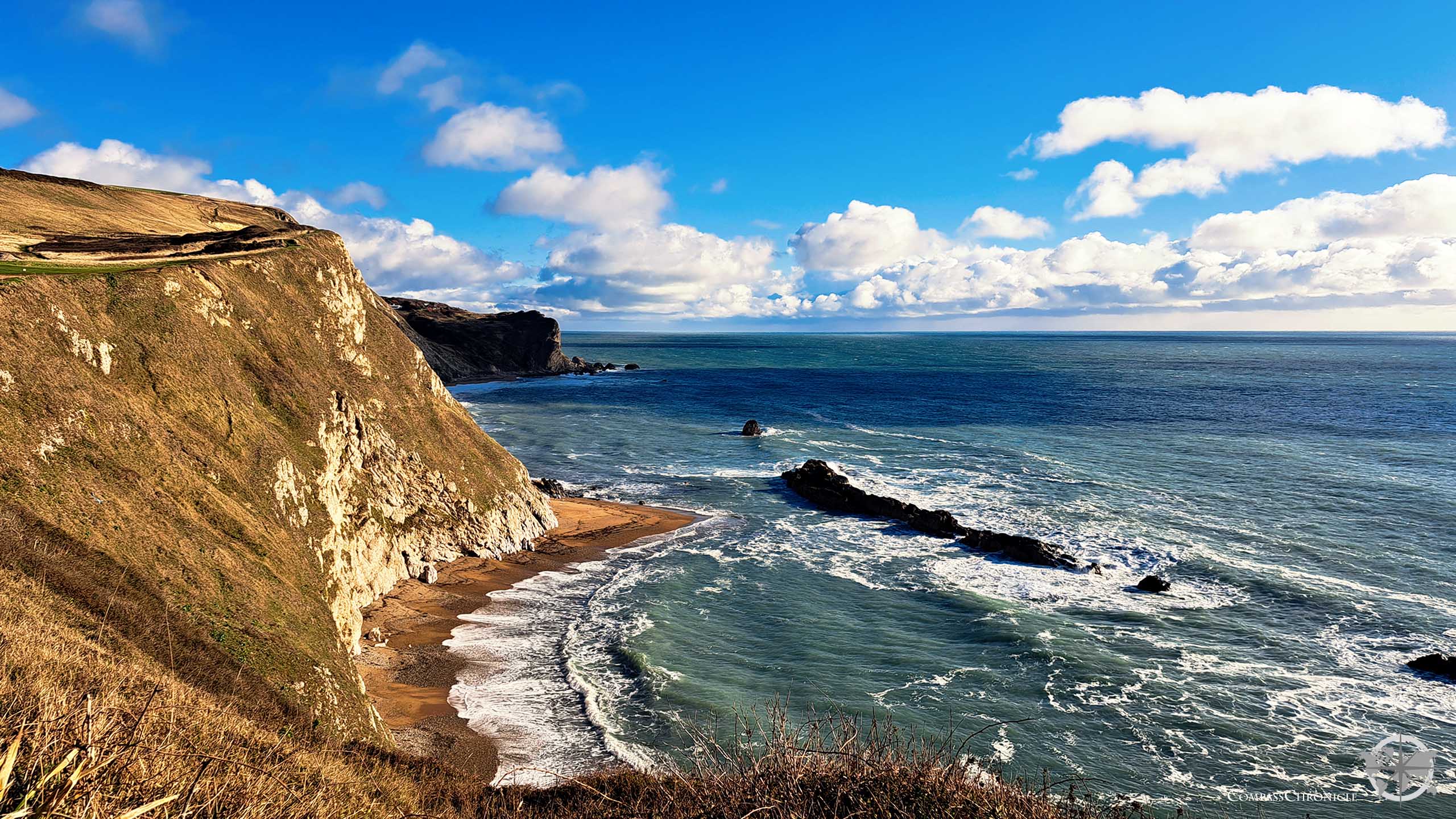

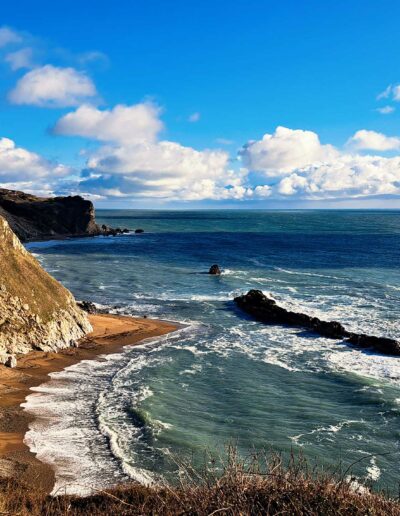
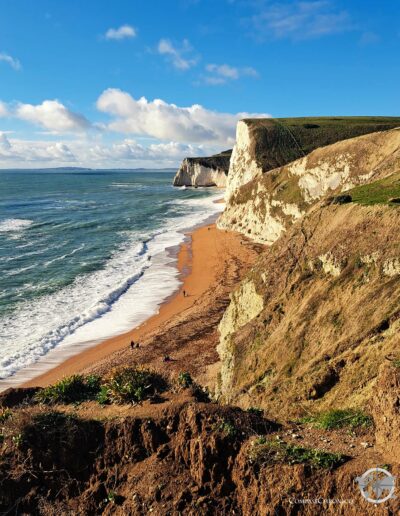

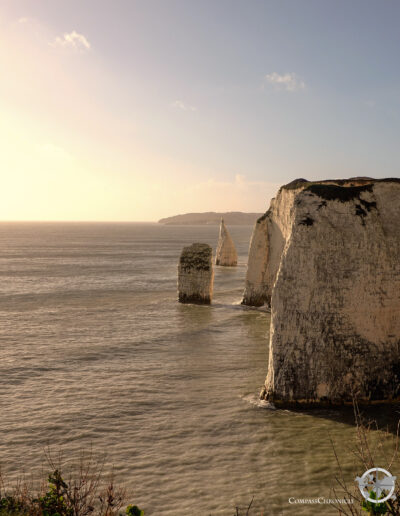



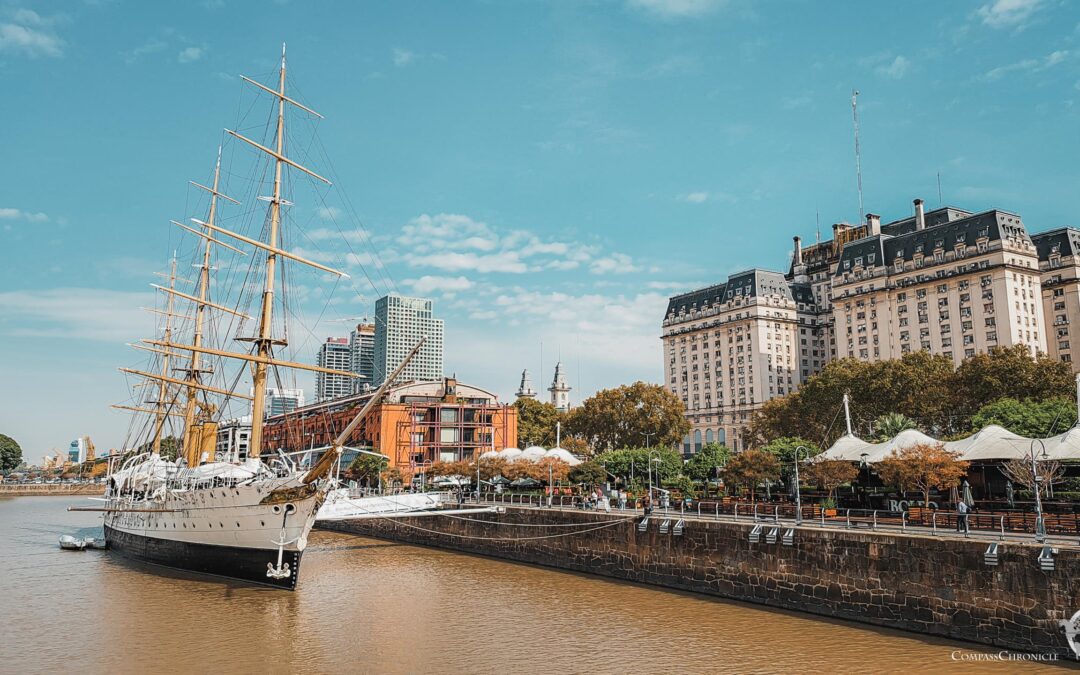
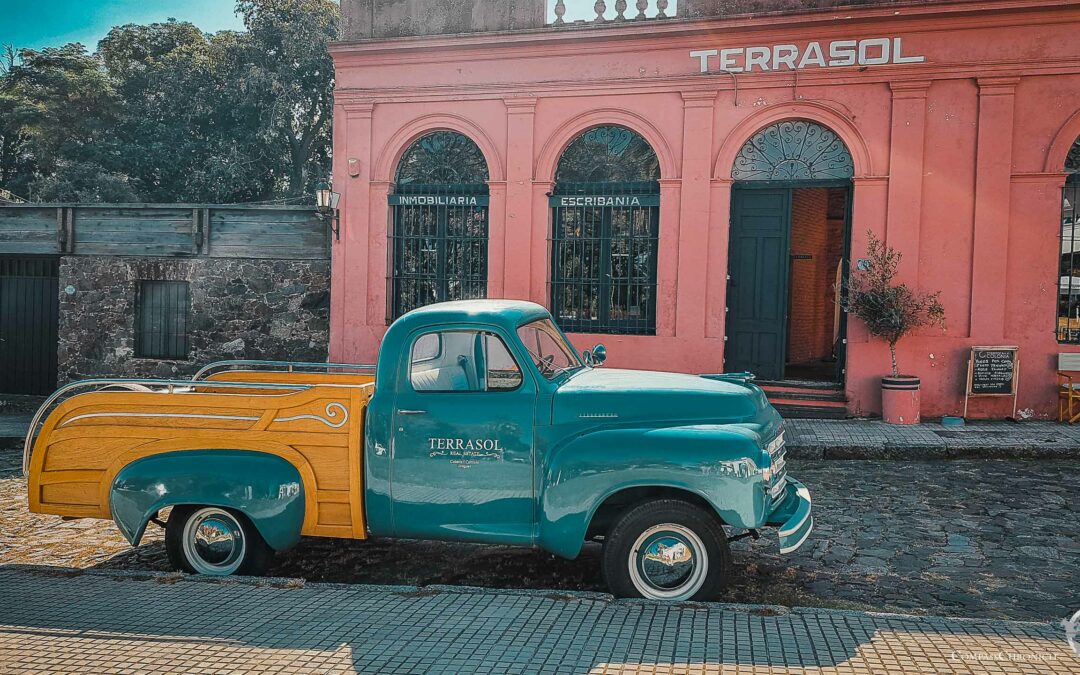
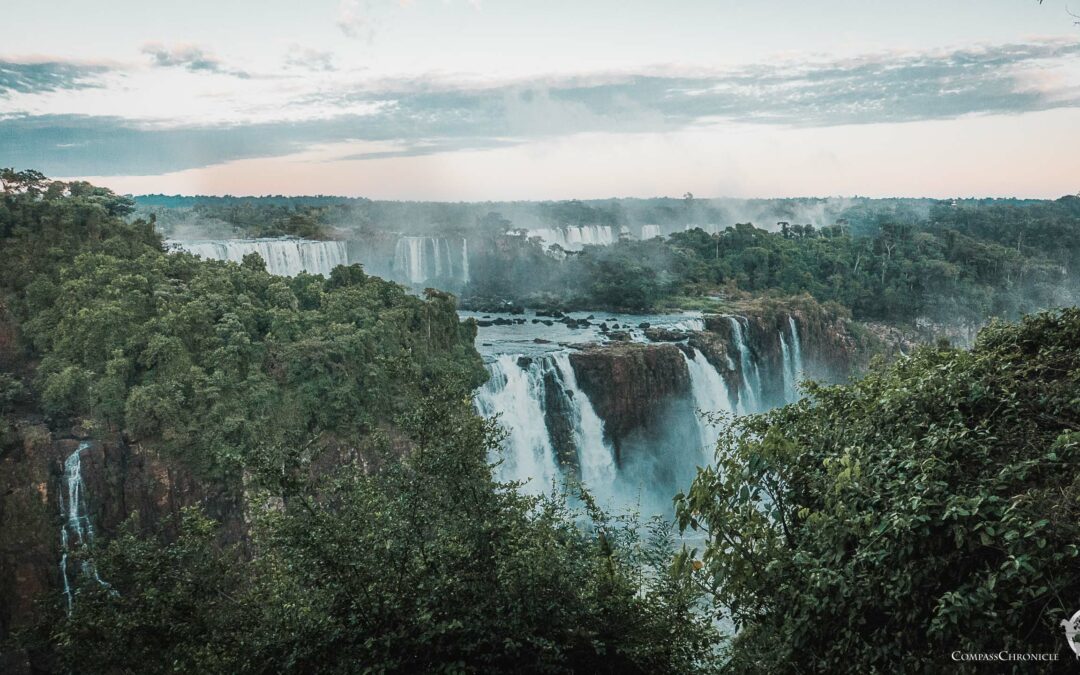
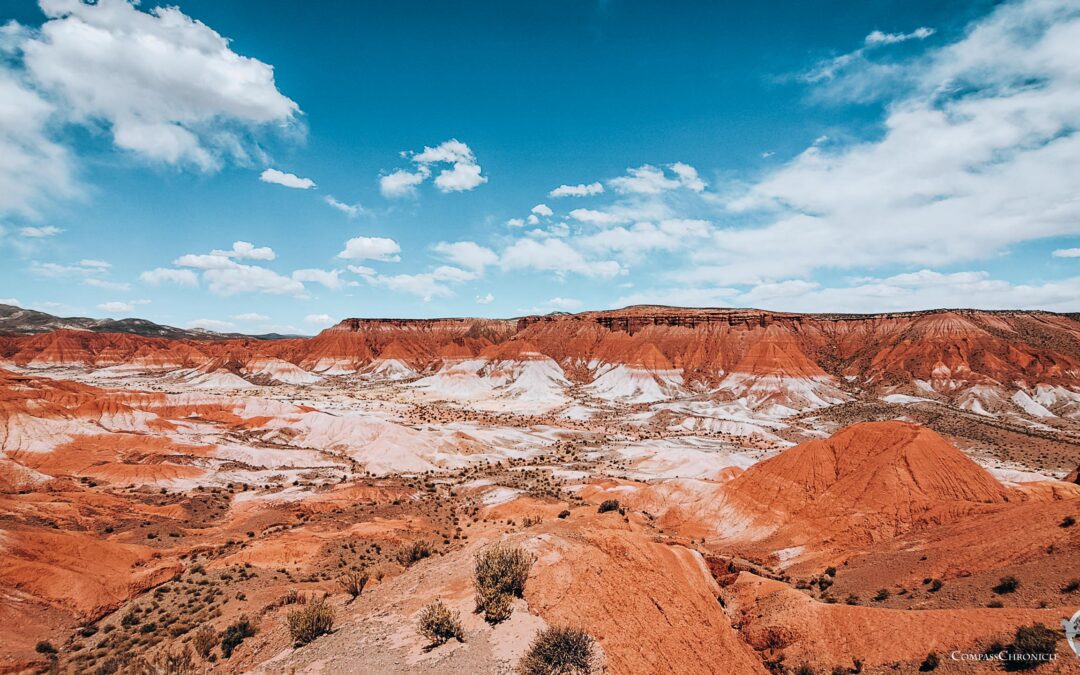
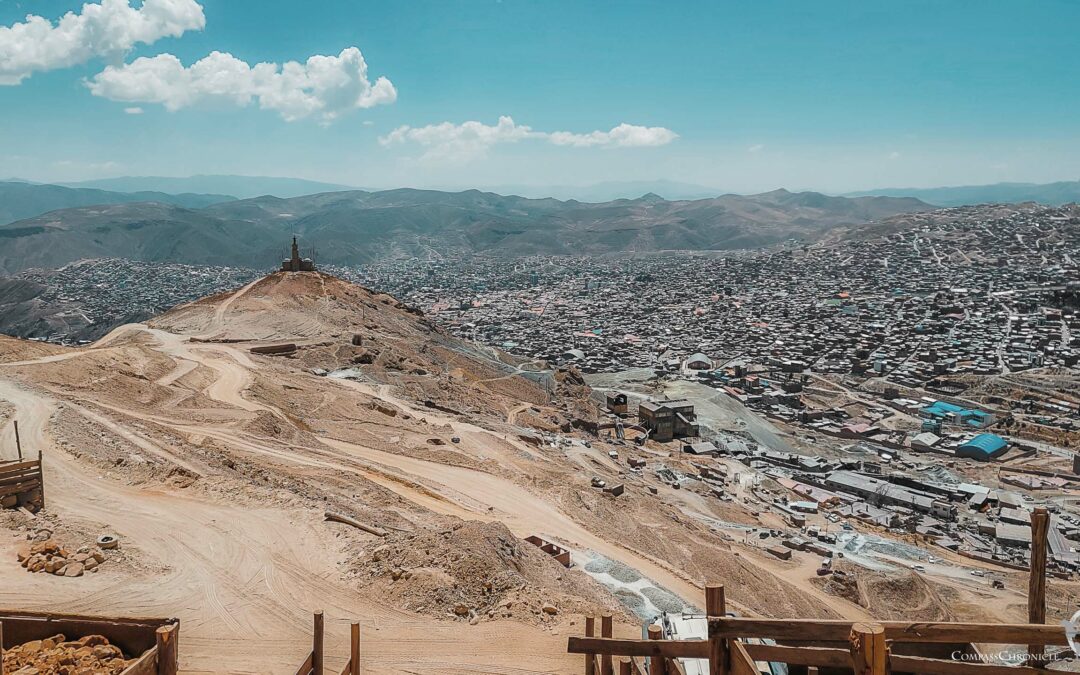
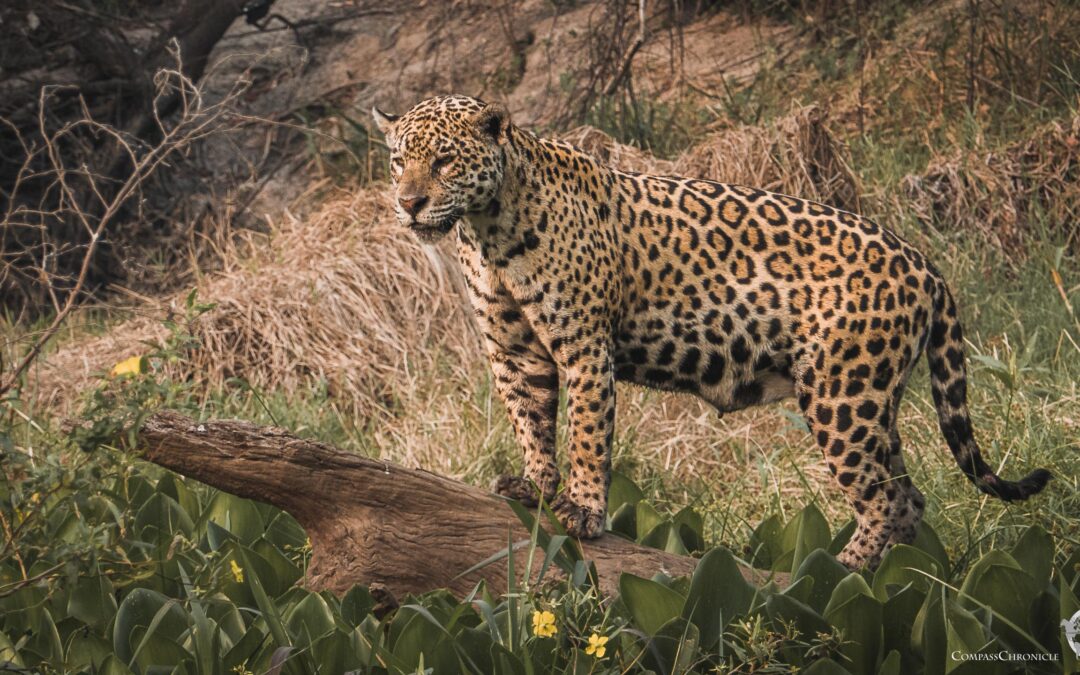
0 Comments